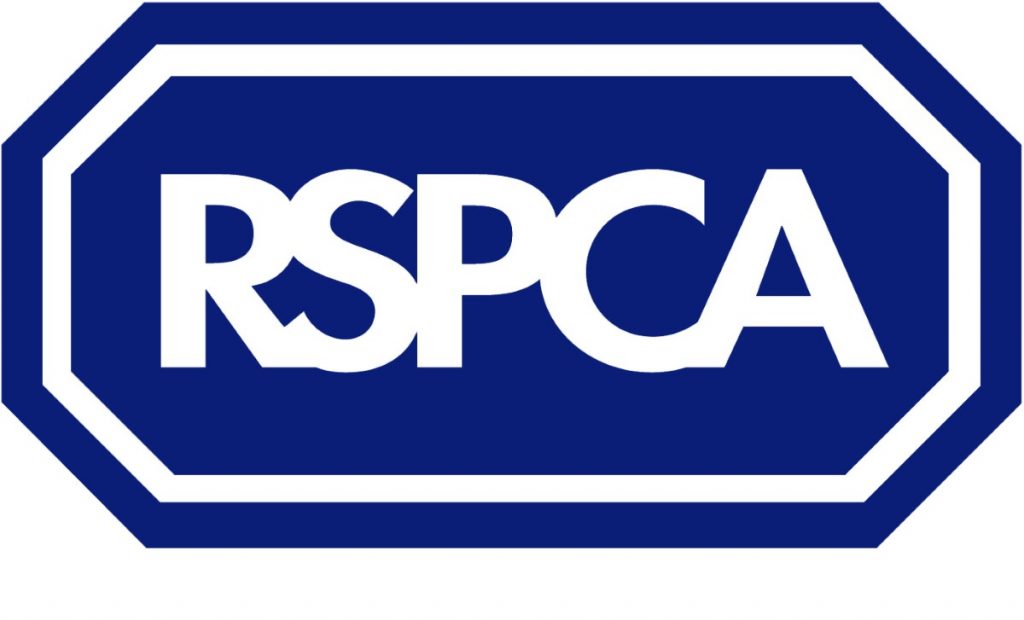RSPCA hopes excitement will be the only thing whipped up at Aintree
Last year, jockeys pulled up tired horses and those no longer in contention, playing a significant part in avoiding risk and we hope that this can be repeated this year. The minimum use of the whip by the jockeys also played a part, with just two whip breaches occurring over the three days at Aintree.
The RSPCA would like to see this continue as we believe that more serious whip breaches have the potential to compromise equine welfare.
The RSPCA’s equine consultant, David Muir said: “The role of the jockeys in making the race safer last year was instrumental and the RSPCA hopes this will continue at Aintree this year.
“We want to see whip breaches prevented rather than occurrence and punishment. The excess whip use at some races this season has been unwelcome and we are hopeful that the standards set at Aintree last year will prevail and result in reduced whip use across the board.”
The charity is also hopeful that the changes made to the Aintree course in 2012 will prove themselves to be effective for the second year running, after the 2013 race ended without serious injury or death.
Following the deaths of Synchronised and According to Pete in the 2012 Grand National, the British Horseracing Authority (BHA) and the management of Aintree, working with the RSPCA and World Horse Welfare, identified specific changes they considered would reduce risk and help safeguard equine welfare.
Some of the changes made before and after 2012 include:
? The provision of going no faster than good with investment in watering equipment to ensure a safer racing surface*
? All fences have been modified to make them more inviting and forgiving with the removal of the solid fence cores **
? The removal of many of the drops in fences (Meaning that take offs are not higher than landing zones which put the horses on the forehand, increasing the risk of falling)
? The introduction of shock absorbent whips
? Whip rules which restrict the number of times a jockey can use the whip during a race
? Run-out areas have been created to allow loose horses to leave the course safely
? Tighter entry controls for horses and riders, e.g. no amateur jockeys are permitted, handicap levels have been raised and the BHA can declare any horse unfit
? The provision of a dedicated state of the art cooling down area for horses at the finish
? Jockeys can no longer remount horses if they have fallen
? Rubberised walkways to prevent horses slipping and injuring themselves
? Improved hurdle protection virtually eradicating “glove” injuries to the horse’s cannon area
? Improved water jump design with the provision of non-slip liners and no lip on landing area
Mr Muir added: “Although the testing nature of the Grand National will always produce a higher level of risk, we are hopeful that the changes made so far have gone some way to create a better race with less risk of injury to the racehorse.
“We would still like racing to consider a reduction in the field from 40 to 30 horses and will continue to monitor how the race goes in this and future years.
“We would also like to stress that there is an element of risk inherent in all forms of racing and the RSPCA visits not only Aintree but many racecourses every year, making recommendations where necessary.”
To highlight the crisis facing horses not fortunate enough to be offered the levels of care and attention enjoyed by many racehorses, Aintree racecourse is hosting a stand along with the RSPCA and other equine welfare organisations for the second year running
The welfare of all equines in England and Wales is of great concern to the RSPCA and a lack of money for food and overbreeding combined with irresponsible ownership has resulted in thousands of horses being left without proper care creating a huge challenge to already stretched equine charities. The RSPCA alone took in or rescued 1,797 horses in 2013 and currently has more than 800 in its care.
The RSPCA also received 25,900 complaints about horse welfare in 2013 compared to 23,019 in 2012.
Notes to editors:
Aintree Racecourse has invited six RSPCA inspectors to attend all three days of the Grand National meeting.
The RSPCA, BHA and World Horse Welfare are joint signatories to the National Equine Welfare Protocol.
* The firmer the going the faster horses run and the greater the risk (RSPCA sponsored Project C11/98 Animal Health Trust final report Towards Better Welfare of Racehorses)
**Modifications include angling fences to make them more inviting for horses to jump, padding of fence bars for extra protection, widening of the first fence so horses are less likely to bunch together and fall, rounded chase fence with a clear toe bar to give horses and jockeys a clearer view of the take-off zone, improvements to Becher's Brook on the landing side include the re-aligned ground removing the adverse slope on the landing zone, reduction of the drop element and the open ditch concern removed.





-01.png)